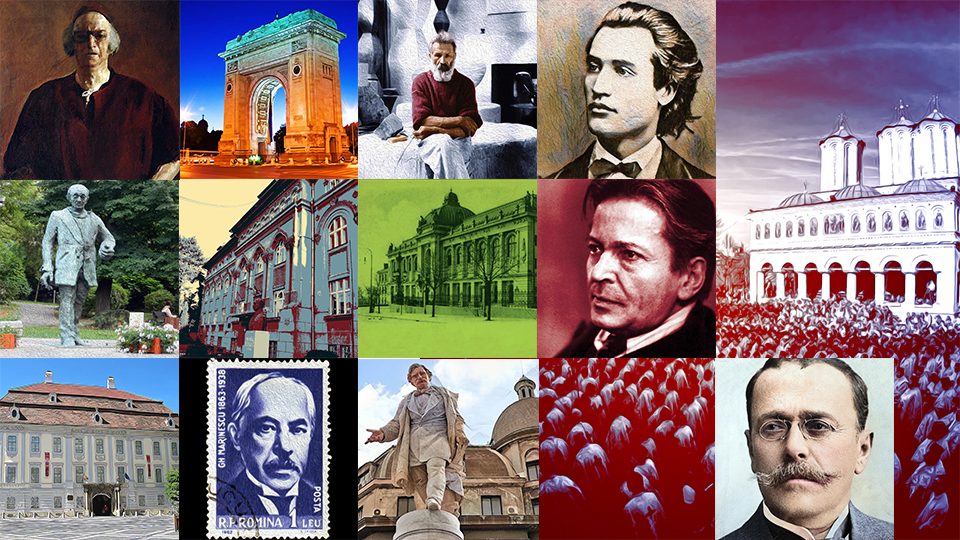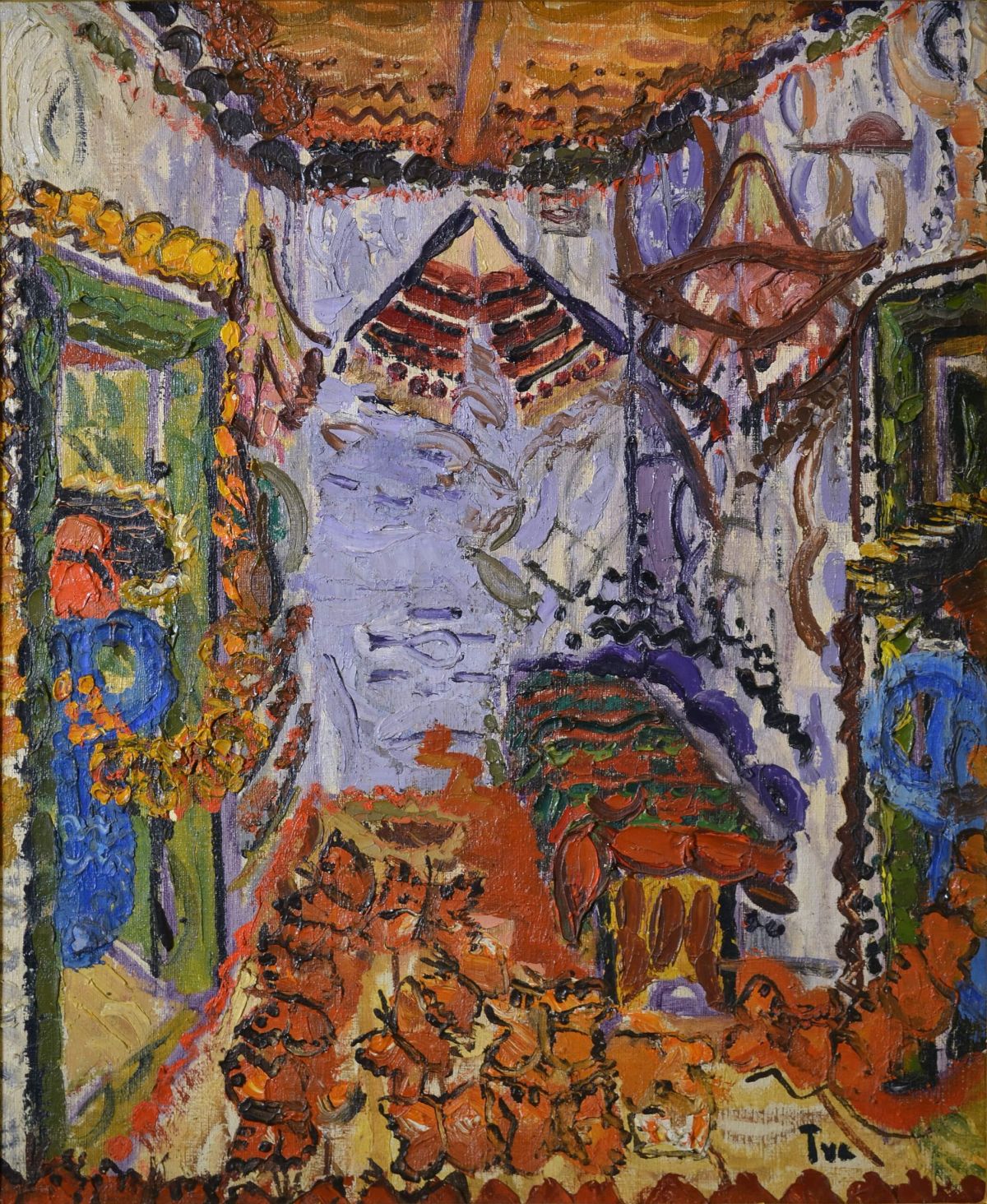Cosmopolitan Bucharest
Conservatism and modernity in the 18th century

Christine Leșcu, 13.06.2021, 14:00
The 18th century, in the history of Romanian principalities,
is known as the Phanariot century, broadly speaking. However, that timespan
does not exactly coincide with the early and the late 1700s proper; in Moldavia
it begins in 1711 and in Wallachia, in 1714. For both principalities, the
Phanariot age ended in 1821. We recall that back then Tudor Vladimirescu’s revolution
made it possible for the indigenous rulers to regain their thrones. During the Phanariot
age, the Romanian Principalities were under the suzerainty of the Ottoman
Empire. The sultan controlled the principalities in the region through a bunch
of Greek civil servants who hailed from Istanbul’s Phanar district. They were
the Phanariotes, the anointed ruling princes of Moldavia and Wallachia, for a
limited period of time. The age was viewed and, quite aptly, still is, as an age
of backwardness. The Romanian Principalities no longer were autonomous, they
did not have their own currency and their own army. Besides, the Romanian
principalities were getting Orientalized at a fast pace. The historian Tudor Dinu gives us all the details.
Tudor Dinu:
The age is a very interesting one because,
on one hand, it marks the Orientalization process as, prior to the Phanariotes,
Oriental culture was seldom present with us. For instance, in the markets
around Bucharest all sorts of delicious produce were available for purchase. Then
again, it also marks the incipient Westernization, since to a considerable
extent the Phanariotes were the driving force for the advent of the Italian and
then the French culture in the Romanian Principalities. The research that I
carried revealed that it was not true that Westernization began after 1821. As
for the Phanariotes, they did keep themselves abreast of Western civilization
primarily because they wanted to provide intelligence services to the Porte, so
that was another reason for the Western culture to make its presence felt with
us.
At first, Western customs and patterns had an unassuming presence
in our society, being influenced by the fact that the Romanian Principalities
were used more like a war theater for the conflicts between Austria, Russia and
Turkey. Westernization proper began with the first Austrian occupation after
1789. It was enhanced through the arrival of the Russian troops stationed in
the Principalities, that including Bucharest. however, those were not the first
foreigners who settled in Wallachia’s capital city, which beginning the Phanariot
age, became a truly cosmopolitan city. Those foreigners, who in time became people
of the place, also created the mixed specificity of the city. For instance, together
with the Phanariotes a growing number of Greeks settled here, yet their community
did not account for more than 5% – 10% of the entire population of Bucharest. It’s
just that they were scholars, dignitaries, entrepreneurs, merchants and craftsmen,
so they did step out of the line as against the rest of the population.
As for the other foreigners in the city…who were they?
Tudor Dinu:
First off, it’s about the Jews, a very
dynamic population, they were harassed by the Christian population instigated
by the clergy, yet they were protected by the Phanariot rulers. Their contribution
was fundamental, to the economic progress of Bucharest since they were tailors,
bookbinders, metal workers. A dynamic presence was provided even by the
Armenians who at that time may have been known as ‘Christian Jews’, since their
customs were similar and so was their way of doing business. The Rroma were a very
large population as well, at that time they were known as gypsies, tigani in
Romanian. Their contribution was significant considering the difficult jobs the
Romanian wouldn’t take, such as metal and iron work, but also the panning of gold
in the waters of Dambovita river. Also, the Rroma were the kings of the street
performances of that time. Their bears were hopping about, while their fiddlers’
music made the delight of the pubgoers. I also did some research on the Turkish
community, but they were in small numbers at that time, since the privileges
granted to Wallachia only allowed for the ruler’s Turkish secretary and his team
to be present in the country. He was known as Divan efendi. However, there
was a princely brass band made of Turkish musicians, an Ottoman police force,
the one of the Beshlii, the mounted Turkish cavalry, there were also a couple of
merchants. People of the Balkans were much more numerous, the Christian ones, first
of all, since for them Bucharest was like a true Eldorado. Gaining access to
the Romanian space was, that was very difficult, some sort of special paper or
visa, known as tescherea, was needed, which granted safe passage to the
promised land. They were labelled Serbs
in a broader sense, but there were also Albanians among them. The Serbs, that
is the peoples south of the Danube, of Slavic origin, were mainly known as
vegetable farmers and tanners. On Lipscani and Gabroveni, two of the streets
in today’s historical center, many Bulgarians sold their merchandise, for
instance.
We
know that the Saxons, a Germanic population, settled in Transylvania 800 years
ago. Yet it was also in the Phanariot age that other German groups settled in
Bucharest. They brought the technical and engineering spirit with them. In time,
the French who would come over also arrived in large numbers. They were brought
by the boyars as private tutors for their children.





























